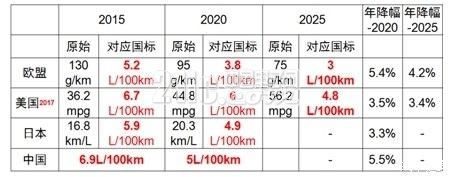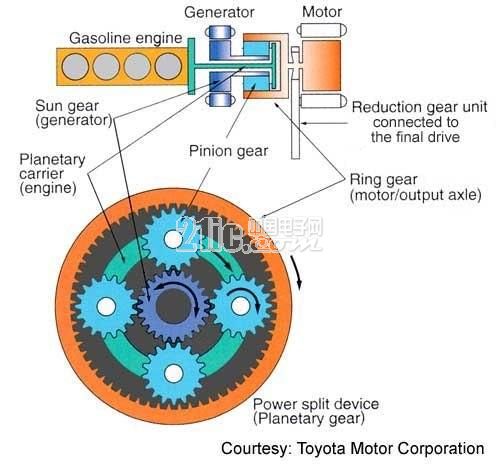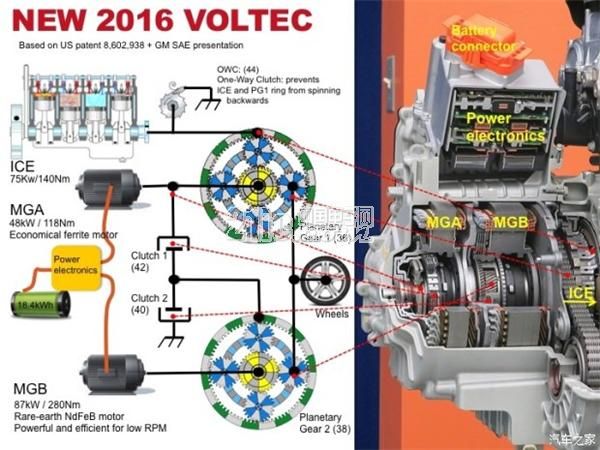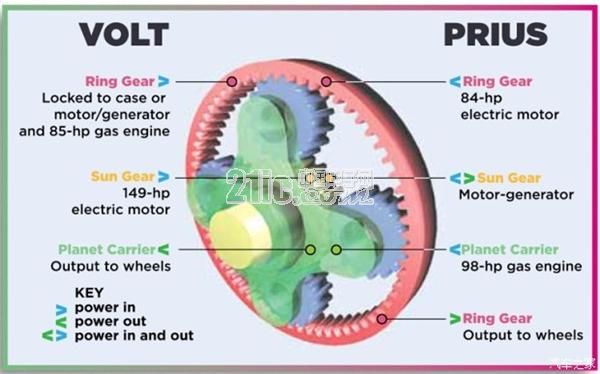In the circle of fans, there is a saying: "There are only two kinds of hybrid systems in the world, one is Toyota's hybrid, and the other is other."
This article refers to the address: http://
In 1997, Toyota launched the Prius and gradually established itself as the leader of the hybrid industry. Since then, Toyota has continued to build patent barriers. However, in the past two years, major car companies have started mass production of hybrid models. Of course, technically, we must take a different approach to avoid infringing Toyota's patents.
At present, among the hybrid models sold in the Chinese market, there are 17 Japanese models, 8 German models, 3 US models, 3 Korean models, and 2 British models. As can be seen from the number of products, Japanese cars represented by Toyota and Honda have an absolute advantage.
Perhaps the German car companies are still obsessed with "small displacement + turbine", there are only 8 hybrid models in China. As for the American cars, although the number is small, it has been raging for a while. By the way, Geely Group launched the Emgrand HEV a few days ago, equipped with the CHS system developed by Geely and Keli.
Solve the question "Why?" and "How?"
If you want to know more about these hybrid cars, you must first understand a question: "Why do you want to do a hybrid car?" In addition to the fuel-saving and environmental protection rhetoric, what really forces the car to go is the "average fuel consumption value of the enterprise (CAFC). )".
According to national requirements, by 2020, the average fuel consumption of passenger cars produced by all car companies will be reduced from 6.9L/100km (third phase) in 2015 to 5.0L/100km (fourth phase), with an average annual reduction of 6.2%. about.

For most car companies, this means that not having an electric car/hybrid car means waiting for death. Considering the market acceptance problem, the hybrid car is just a need for the car and the user.
The next question is: "How do you mix power?"
Hybrid vehicles are mainly powered by engines and electric motors, and a device is needed to mix the two to drive the vehicle forward.
First of all, the hybrid industry boss Toyota, Toyota's approach is to engage in a very complex set of planetary gears, the structure is as follows:

By the way, Toyota's engine technology is also very advanced. The thermal efficiency of the 1.8L 2ZR-FX engine on the fourth-generation Prius has reached 40%. The fourth-generation Prius is also the most extreme embodiment of the Toyota Hybrid Dafa. For domestic consumers, Toyota's hybrid law is not far away. Now, the Ralink Twin Engine and the Corolla Twin Engine have already run in some cities.
It is also GM that uses planetary gears to solve the problem. The company has already started research and development of new energy technologies. It launched the EV1 electric car in the 1990s.
At present, there are three hybrid cars that are GM-listed in China. The hybrid version of the Mai Rui Bao XL and the new LaCrosse are equipped with the same hybrid system, which uses two planetary gears. As for the plug-in hybrid version CT6, there are three planetary gears.

Although they are all planetary gears, everyone's gameplay is slightly different. The comparison is as follows (universal on the left and Toyota on the right):

Of course, there is also a good friend of Toyota, Honda, who does not play with planetary gears. The recently released hybrid version of the Accord is very hot, and its i-MMD system is simpler and more efficient. It is said that Toyota engineers have greatly appreciated the Honda i-MMD system.
The Honda i-MMD system emphasizes the “switching†between the engine and the motor. The system will alternate between the two depending on the road conditions and driving style. In urban conditions, it is a bit like an extended-range electric car.

Of course, Honda does not use planetary gears to directly draw a line with Toyota, regardless of patent issues. In addition to Toyota, GM, and Honda mentioned above, there are many car companies that are pushing hybrid models.
No matter how the big cars are “mixedâ€, the most fundamental starting point is to let the engine work as much as possible in the high-efficiency speed zone and the high-efficiency torque zone, reducing the sudden increase of the speed.
We should feel nervous German "small displacement + turbine"
From the market point of view, most of the models are the same as the "mascot", except for the relatively close-to-people Toyota Twin Engine series, the actual number of vehicles is very small. Both GM and Honda's hybrid cars are not on the market for a long time and still need to wait and see.
In addition, although the hybrid cars are in their infancy, it is foreseeable that they will have an impact on the German “small displacement + turbine†in the future. Especially in the case of large-scale mass production of hybrid vehicles in the future, the cost will gradually decline. As a reference, the manufacturer's guide price of the new version of the hybrid version of the same configuration is only 6,000 yuan more expensive than the gasoline version.
Although the two are divided into different technical routes, the hybrid car has natural ultra-low fuel consumption and accelerated ride, which is much better than the turbine.
At this stage, for non-plug-in hybrid models, I think there are at least three requirements for users:
The first is efficient and fuel-efficient. At present, the actual fuel consumption of 100 kilometers can be controlled at least about 5L.
Followed by NVH control, it is best not to give the user a different feeling because of the power source switching, let the user ignore the existence of the hybrid system.
The third is the cost, can not be much higher than the price of the ordinary version of the model, otherwise it will lose the meaning of saving fuel (saving money). How much cost can be reduced, it determines whether it is a "mascot" or "explosion", which is a test of the strength of the manufacturer.
At this stage, when we choose a hybrid car, it takes a long time to save the extra cost of the hybrid system by saving the oil money saved.
As a user, the most worrying thing about choosing a hybrid car is the life of the hybrid system and the problem of the hedging rate when selling the car.
At present, basically all manufacturers provide 8 years or 160,000 kilometers (or more) of the core components of the hybrid car, and users do not have to worry about the new car. However, a car should be replaced with a new car for several years. The value of the second-hand hybrid car must be considered by the user. Even if the hybrid technology is mature enough and the reliability is high enough, the next receiver will not necessarily buy it.
Whether it is mixed Dafa, or "small displacement + turbine", no matter which kind of technical route, in fact, users consider nothing but several aspects, including fuel consumption, reliability and so on. When the turbine was just popular, everyone was also skeptical, but now the turbine has gone.
The emergence of hybrid technology will not replace the "small displacement + turbine" combination, but will gradually erode the latter's market share.
USB Modem is a device which allows like a desktop computer or laptop to access the Internet with very high speed up to 100Mbps or more. Today there are different types of LTE modems on the market that are suitable for various applications such as stationary use as a DSL replacement or mobile browsing, or industrial use M2M connectivity. The Peak speed of USB Modem with LTE module could reach peak download speed up to 100Mbps and download speed at 50Mbps, so many customers call such LTE USB modem as 100Mbps modem. Based on the technology of the data transmission, USB modem could be divided into TDD Modem and FDD Modem.
Cat3 USB Modem,Wifi Modem,4G LTE Dongle,4G LTE USB Modem
Shenhzhen Tongheng Weichuang Technology Co., Ltd , https://www.thwclte.com